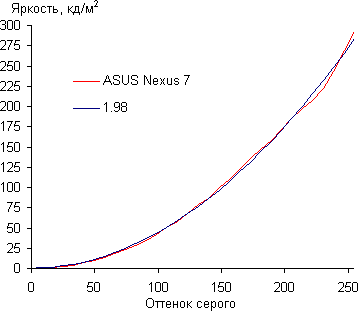
When a no-drop class is classified based on 802.1p CoS x and assigned an internal priority value (qos-group) of y, we recommend To achieve lossless service for a no-drop class, we recommend that you have only the no-drop It blocks out scheduling for the entire queue, which pauses traffic forĪll the streams in the queue. That are mapped to the class are treated as no-drop. The configuration does not support pausing selected streams that are mapped to a particular traffic-class queue. PFC configuration enables PFC in both the send (Tx) and receive (Rx) direction.Ĭonfiguration time quanta of the pause frames is not supported. If PFC is enabled on a port or a port channel, it does not cause a port flap. Input queuing policy maps cannot have pause buffer and priority/bandwidth together.įor cable lengths greater than 100m, the "pause buffer size threshold" configuration is mandatory and it is required as part The show commands with the internal keyword are not supported.Īdding the "pause buffer size threshold" configuration is optional for cable lengths that are less than 100 meters and it No-drop buffers continue to remain allocatedĮven if the interface goes down and the PFC operation mode remains on. The following guidelines apply to Cisco Nexus 9300-GX platform switches:īuffer allocation is based on the configuration irrespective of the operational state of the port.īuffers are allocated for no-drop operation when PFC operation mode turns on. If a QoS ACL is configured with DSCP match "X" for a lossless queue, all packets (IP, TCP, UDP, etc.) with DSCP "X" are mapped PFC has the following configuration guidelines and limitations:
#NEXUS 10 GAMMA CONTROL SERIES#
Guidelines and Limitations for Priority Flow Controlįor scale information, see the release-specific Cisco Nexus 9000 Series NX-OS Verified Scalability Guide. Request the peer to restart transmitting frames.Ĭisco Nexus 9000 Series switches support the transport of RDMA over Converged Ethernet (RoCE) v1 and v2 protocols. When the congestion is mitigated, PFC can This pause frame is a one-hop frame that is notįorwarded when received by the peer. Stop sending frames of a particular CoS value by sending a pause frame to a A pause frame with a pause quanta of 0 indicates a resume frame toĬlasses of service of traffic can be flow controlled while other classes are Required for transmitting 512 bits at the speed of the port. Time for the timer is specified in pause quanta. Indicates the length of time that the traffic needs to be paused. A PFC pause frame contains a 2-octet timer value for each CoS that Resume frame is generated to restart data transmission on the link.Ĭongestion, PFC sends a pause frame that indicates which CoS value needs to be The congestion is mitigated (traffic comes under the configured threshold), a Pause all data transmission on the link for a specified period of time. Threshold is exceeded due to congestion, LFC sends a pause frame to its peer to PFC is similar to 802.3x Flow Control (pause frames) (CBFC) or Per Priority Pause (PPP), is a mechanism that prevents frame loss (PFC IEEE 802.1Qbb), which is also referred to as Class-based Flow Control Configuration Examples for Priority Flow Control.

Verifying the Priority Flow Control Configuration.Configuring Pause Buffer Thresholds and Queue Limit Using Ingress Queuing Policy.



 0 kommentar(er)
0 kommentar(er)
